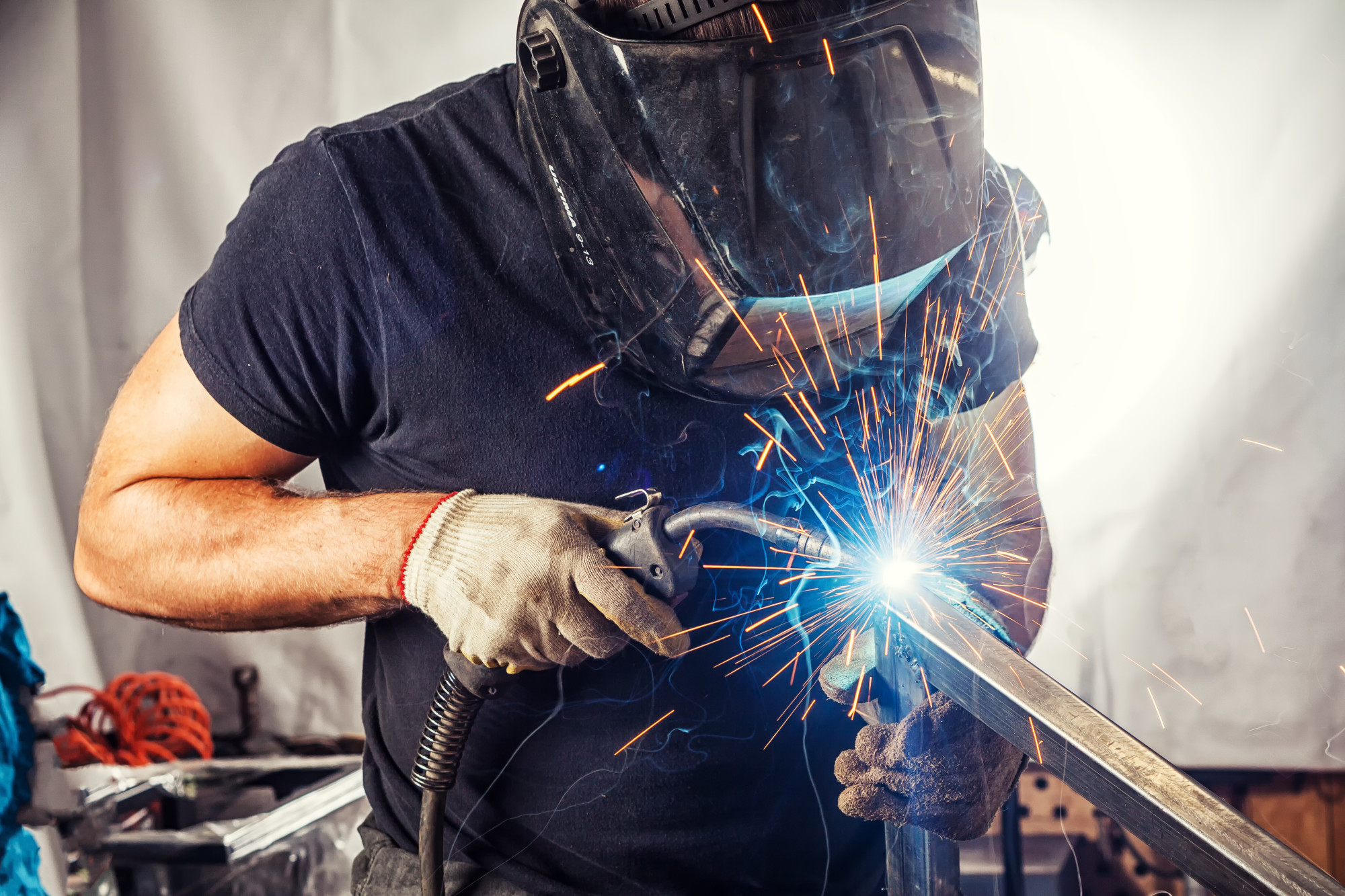We’ve all seen those guys with masks on, thick gloves, and protective gear working away on some metal parts with sparks flying all over the place. Yes, they’re welding, but they’re carrying out one particular type of welding process.
There are actually a few ways of welding metals that we will explore in this article. We’ll also take a look at which method many master fabricators use to create beautiful metal art and more.
So, let’s check out what welding is all about and the different processes involved.
What Is Welding?
For those who don’t know, welding is when you liquify a base metal using heat. You then use this liquified metal to fuse two other solid components.
And yes, welding is an art as much as a science. Over the years, various techniques and styles have come about. Some master welders have taken decades to perfect their skill to create things like metal art or high-level components for things such as motorbikes, cars, or jet engines!
The Fabrication Process
We’re now going to highlight three of the most common metalwork techniques that welders use today. In most beginner classes, the instructor will highlight these processes.
However, you should know there are various other types of welding. Plus, there are fabrication processes that involve plastics. But we’ll stick to metals in this post.
With metal welding, there are three essential elements. These are a heat source, a filler metal, and a shielding gas or flux.
MIG Welding
With MIG welding, an electrode passes through a welding gun. The electrode heats up two components and joins them together. You pull a trigger on the welding gun to activate the process.
You can use materials such as carbon steel, stainless steel, copper, nickel, and more when you are MIG welding. A strong advantage of this welding style is that you minimize waste. A disadvantage is MIG welding equipment can be pricey.
We should say that it’s a flexible welding style and pretty clean. It would suit anyone starting out in a garage, for example.
Stick Welding
Stick welding works well outdoors as it uses a flux process, so the wind isn’t such an issue. It’s also good for thicker and dirty metals.
Many people use this type of welding to fix gates or farm equipment, for example. Some problems are that it gives of spatter and fumes. It’s also not the cleanest of processes to look at.
TIG Welding
TIG welding delivers some of the highest quality welding styles out there. So, as you can imagine, many master welders have mastered this style of welding.
It works well with thinner metals. And, you’re going to get great aesthetic qualities with TIG welding. If you want to see a prime example of some guys that use this style of welding to produce masterful work, check out True North Fabrications.
The Welding Process Explained
Now you should have a better understanding of the welding process. The three styles we mentioned are very common, but TIG welding is the one that produces some impressive metalwork.
So thanks a bunch for reading. If you liked this short piece, why not check out our blog for more?

